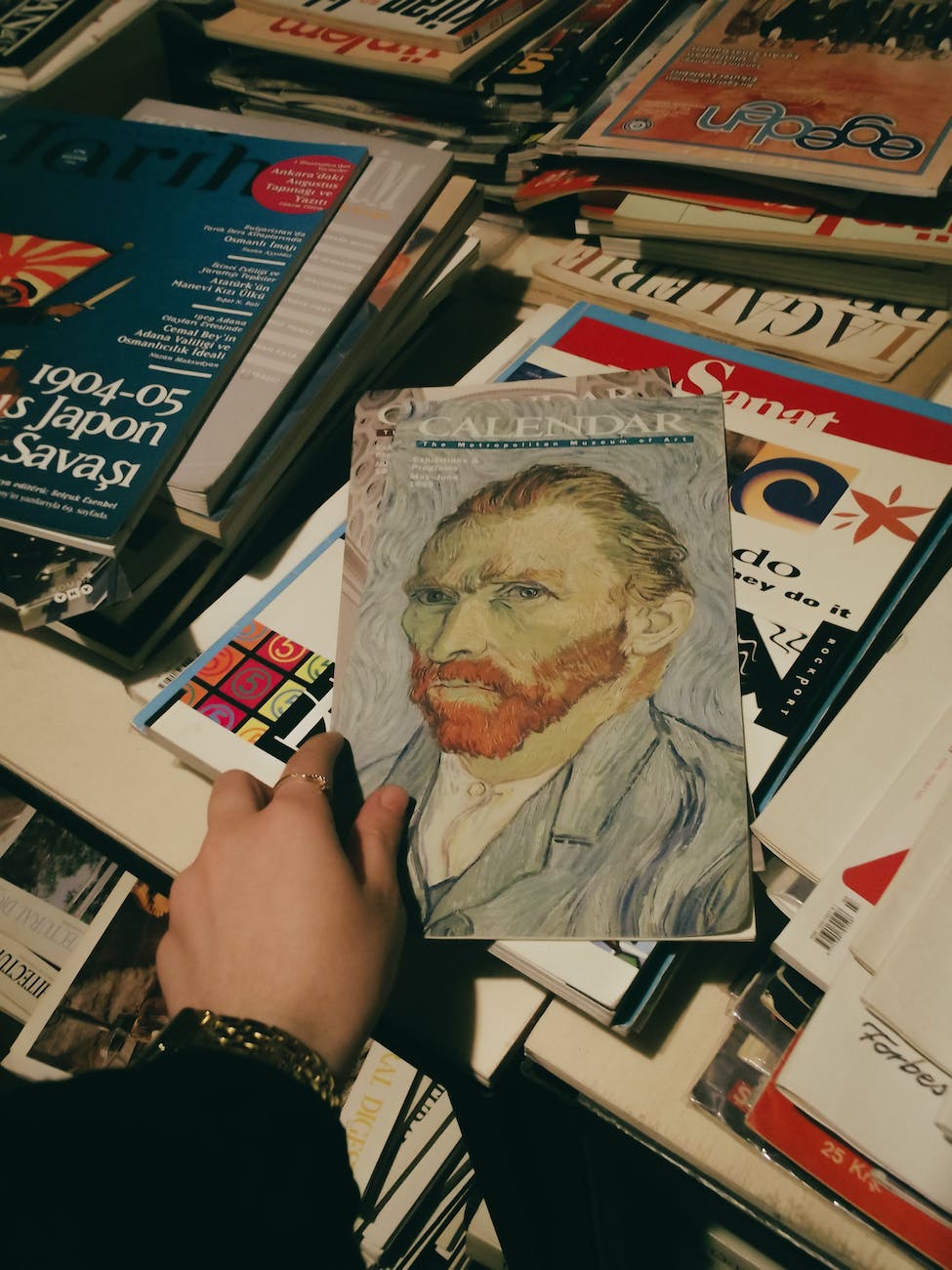We have all heard that old chestnut about there being ‘behind every great man a woman!’ Well, Vincent Van Gogh’s sister in-law made him great. The truth of the matter is that Vincent had only ever sold one of his paintings during his lifetime. These are really bad odds if an insurance or investment company were doing a risk assessment on his earning capacity. Why in his 37 years had he failed to succeed at the thing he had devoted his life to? Why didn’t the world recognise his talents when he was in that art milieu? How come he was so abjectly unsuccessful if he was truly a great talent?
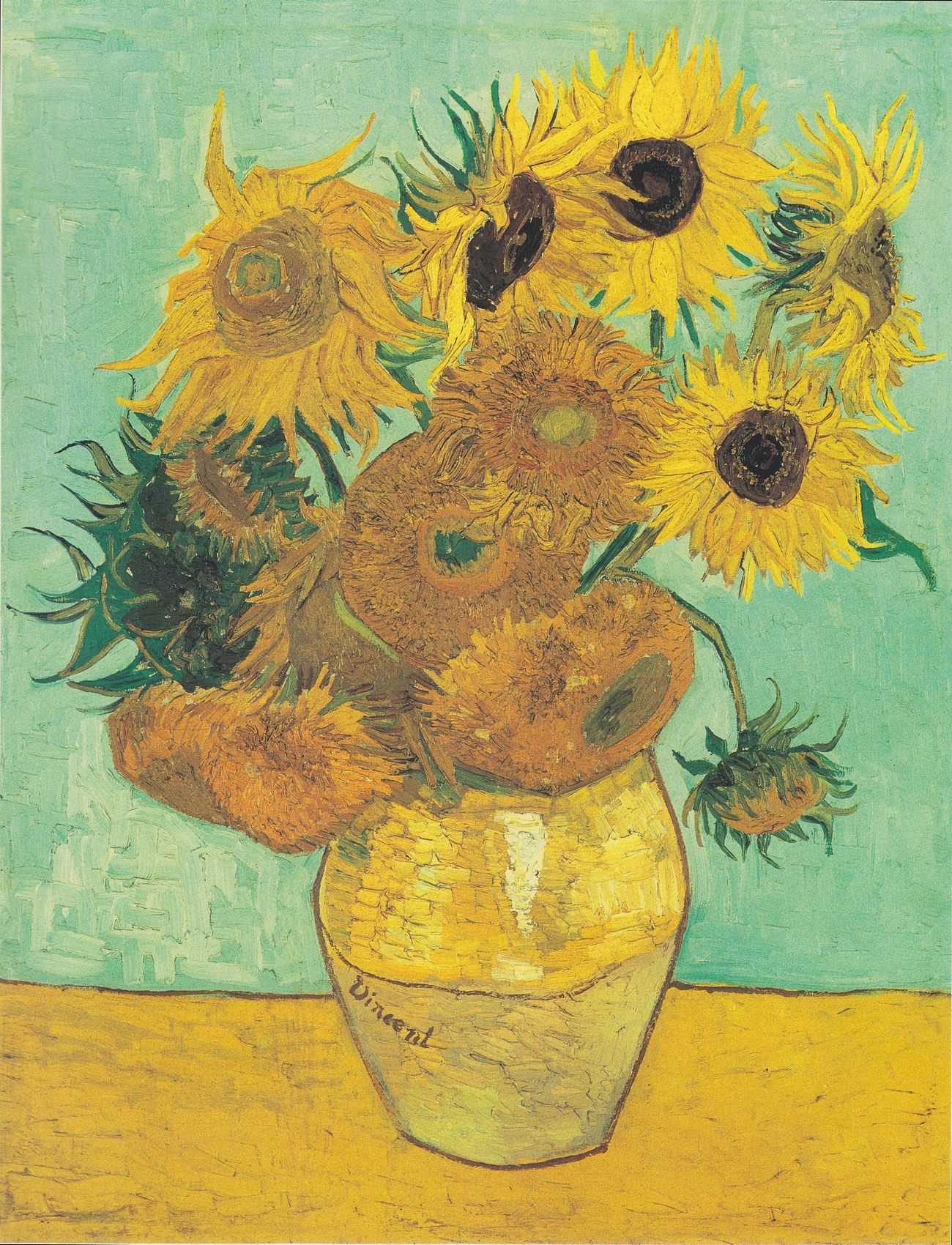
Johanna Bonger Made Van Gogh A Household Name
Why did it take a woman to turn the world onto Vincent Van Gogh? Johanna Bonger, the wife of Vincent’s brother Theo, was the instrumental factor in making Van Gogh the household name he now is. Until recently, like so many true stories involving women this has been downplayed and virtually remained unknown. Men blow loud horns and like to take the credit whenever they can. Women are, culturally, consigned to the home and hearth. Men publicise themselves and other men.
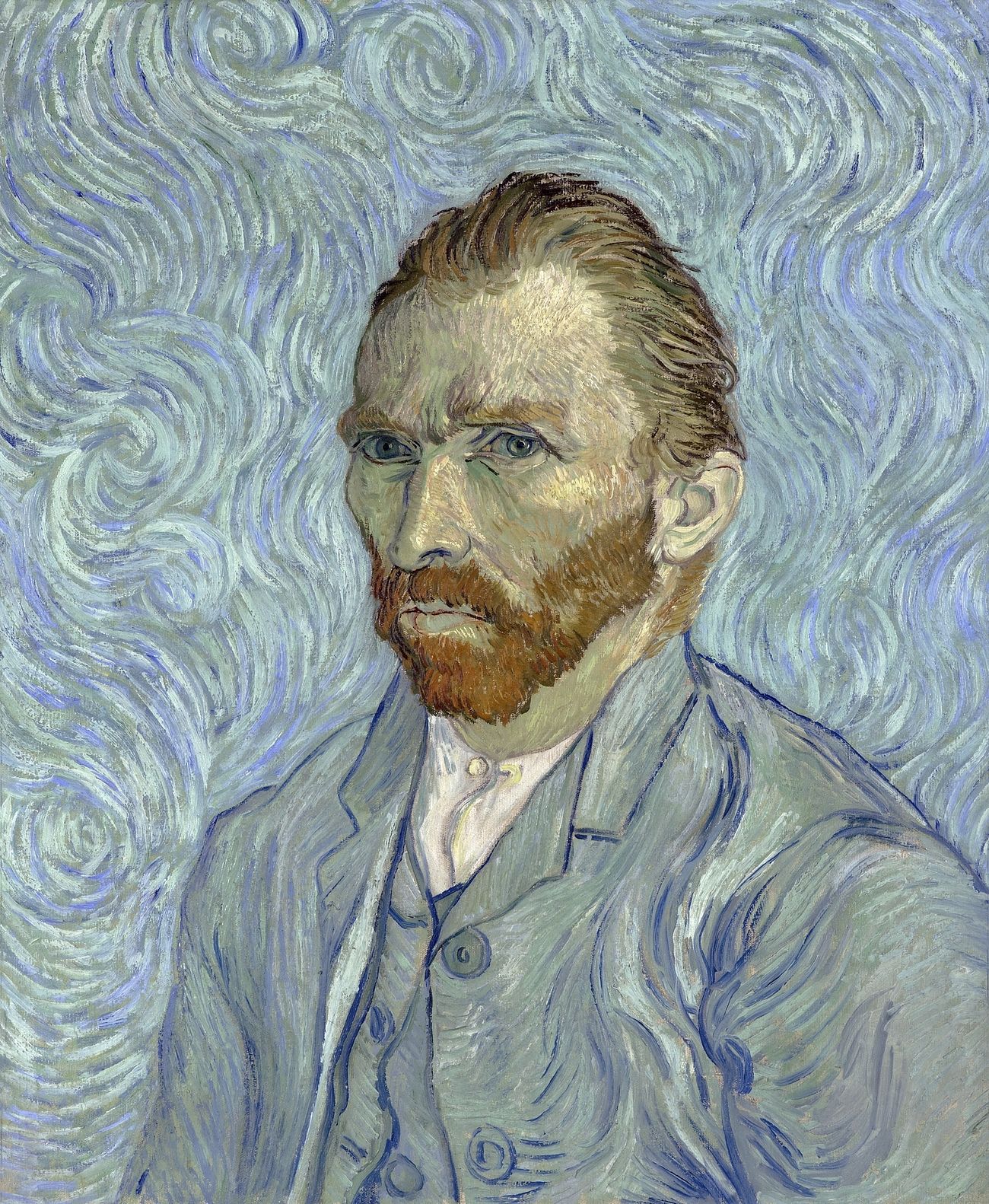
Jo Van Gogh-Bonger Made It Happen For Vincent
Art appreciation is a subjective thing. Art is, also, a highly cultural concern in terms of what is accepted, venerated, and what is not. We all know that the winds of change blew through the art appreciation world following the emergence of what became known as Impressionism. It takes time for these fashionable evaluations to reorganise themselves around the world. Indeed, it took most of the 20C for Impressionism to become iconic. Images of Van Gogh’s paintings would adorn everything from key tags to tea towels. Canvases in their hundreds would go from being unsaleable to worth millions of dollars. Collectors and national galleries desperately wanted a Van Gogh to add to their collections. Generations of art critics and academics studied his brilliance and wrote countless books on his art.
However, all of this began with the dedication and diligence of Johanna Bonger.
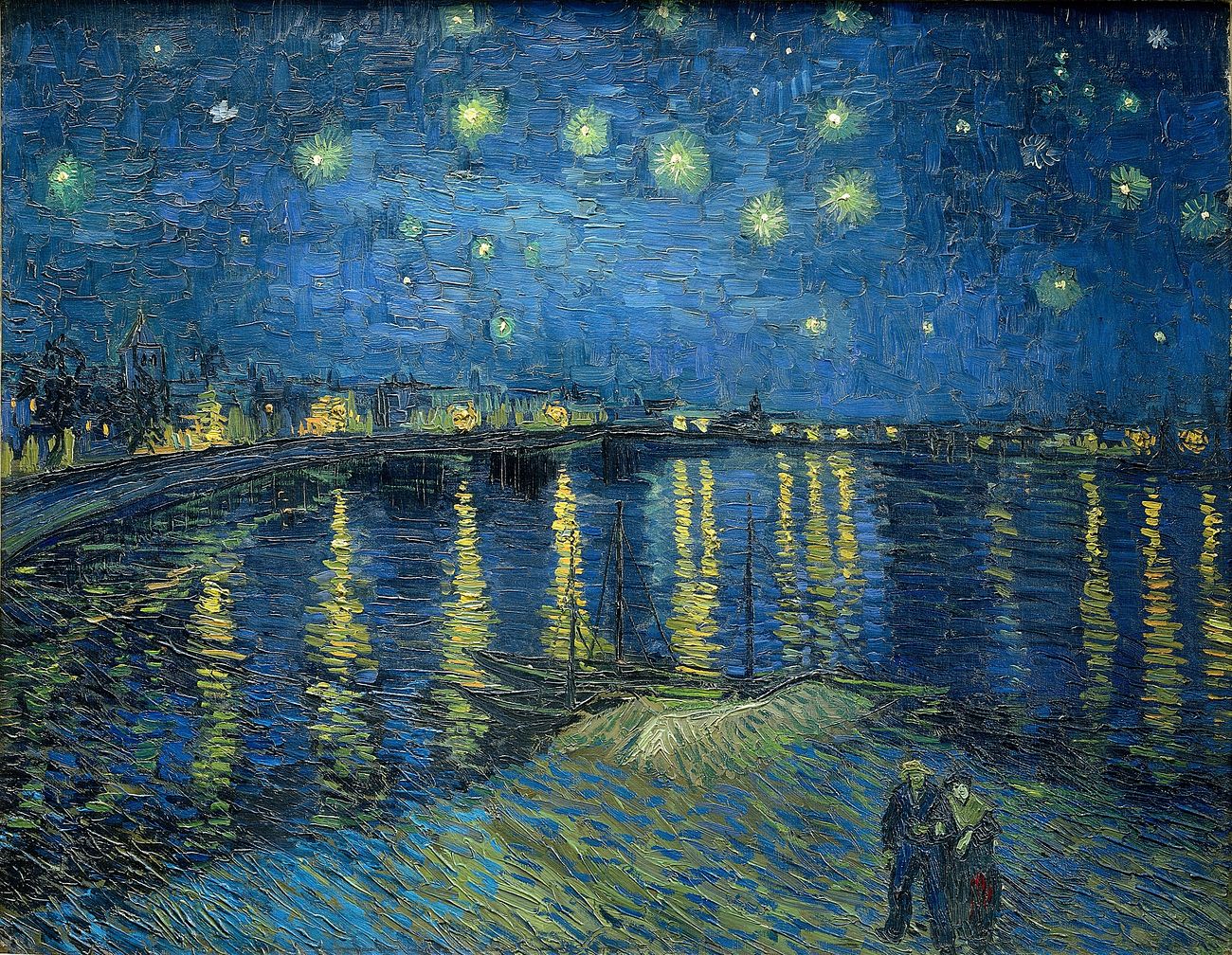
Johanna & The Brothers Van Gogh
The brothers Vincent and Theo Van Gogh were very close. Theo, we know famously through his letters from Vincent, loved his brother dearly and did everything possible to support him. Theo tragically died shortly after Vincent; some say from a broken heart. His widow, Jo Van Gogh-Bonger would bear the load in terms of all Vincent’s unwanted paintings. She would refrain from disposing of these unsold and unloved pictures in loyalty to Theo and his unwavering belief in his brother’s genius. The truth in life and in art is that recognition and reward do not automatically follow on from talent. There are numerous examples of artists and writers who never achieve these things in their lifetimes. There are far, far more who never achieve them at all. Some have studied the dynamics of success and whether it be via creativity or the promulgation of ideas it usually takes an individual who sits as co-pilot in the launching of something that takes the world by storm. The Johanna Bonger’s of this world are the drivers necessary to anchor movements in their surge for success on the world stage. Here is a person grounded in material reality but driven by love and loyalty. She had the paintings and she discovered the trove of letters kept by Theo from Vincent. Together these things would eventually enchant the world. The story of Vincent Van Gogh would also grab the attention of many around the globe.
The art realm loves a good story to pique the interest of collectors and the art media.
“On 27 July 1890, in a field near Auvers, Vincent shot himself in the chest with a revolver. He died two days later, with his brother Theo at his bedside. Why did he choose to end his life?”
Some have speculated that Vincent did not take his own life and was murdered instead. He lived a life on the edge, as a painter in relative poverty and came into contact with those who inhabited bars and inns. Vincent was not held in check by the usual responsibilities of manual labour and family. Mental illness was never far from his experience of life.
These ingredients and his untimely tragic death made for great copy and this narrative has promoted sales of his pictures in the art world.
“Johanna came from a wealthy family from Amsterdam, a family that was connected with the artists and the avant-garde there. So when she ended up being a widow, she was naturally in contact with all these people, who wanted to comfort her and who wanted to explain to her what she had, and what she should do. To start with, she listened and obeyed, like she was used to. Afterwards, that’s when she really starts to become an art dealer, because she is also not only doing this for the memory of her late husband, but also for the growing little Vincent, her son. And she wants to make his future secure, so she is trying to make a lot of money. She knows what Theo told her, never ever sell [the collection] piece by piece to whoever wants to give you money for it. Always act like it is what it is: very rare, very precious and very important art.”
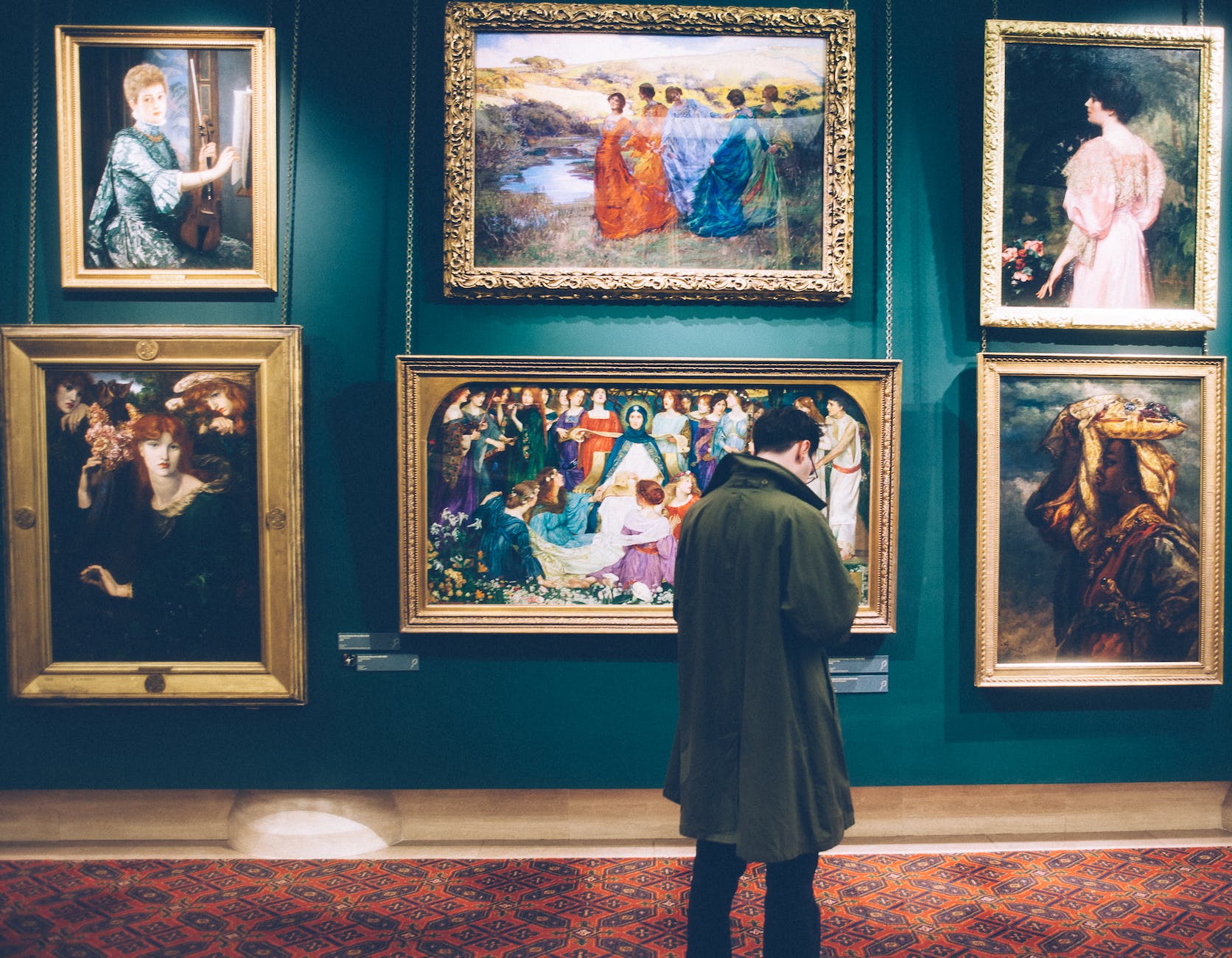
It is funny really that we focus on the product rather than on the journey that product takes. Especially, when you consider that America is all about selling stuff. The biggest economic superpower for much of the last couple of centuries is all about sales. And yet, we miss the big picture by only looking at the daubing’s of paint on a canvas. Sure, Vincent’s paintings are bright and wonderful, but the story behind them is richer indeed. Johanna Bonger is this stewardess of art, love, and loyalty. She has nurtured this collection until it was valued highly enough to pass into the hands of other stewards. She has played an invaluable role in the art of Vincent Van Gogh – without the respect and recognition she so truly deserves.
We all need to look beyond the surface of things every now and then – if we really want to know the world and what is going on.
Robert Sudha Hamilton is the author of Money Matters: Navigating Credit, Debt, and Financial Freedom.
©HouseTherapy

